|
Visit our keyboard shortcuts docs for details
Learn how removing close to 500 tons of aquaculture debris is an essential step to restoring the ecological function and character of this extraordinary marine wilderness. Frequently Asked Questions about the Drakes Estero Restoration Take a deep breath, smell the ocean, and watch hundreds of brant wheel and squawk overhead. Dip your paddle into calm salty water as bat rays and leopard sharks glide below you. Only 90 minutes after leaving San Francisco, in the heart of Point Reyes National Seashore, you can feel the stress ebbing away. As part of the Phillip Burton Wilderness—the only West Coast marine wilderness south of Alaska—Drakes Estero is one of the most protected estuaries in California. Thousands of species of birds, mammals, fish, and other wildlife depend on estuaries, where fresh water mixes with salty ocean water. "It is not difficult for either the casual park visitor or the seasoned scientist to recognize the ecological significance of Drakes Estero—enhanced by robust eelgrass meadows and sandbars that provide nursery areas for fish, harbor seals and other marine life, and are visited by tens of thousands of shorebirds and waterfowl." 
Why did we restore Drakes Estero?Drakes Estero is an estuary complex made up of five branching bays. The 2500 acre complex includes 2300 acres of underwater wilderness—which is more than twice the size of Golden Gate Park in San Francisco. With five miles of oyster racks and other debris removed, we can help stop the spread of invasive species and allow for the growth of critical native species. The invasive sea squirt Didemnum vexillum, or Dvex, typically grows on hard surfaces. Removing oyster racks and other debris eliminates habitat for Dvex. Eelgrass beds are critical to fish reproduction and the health of the estuary. Eelgrass can now expand into areas once covered by debris. 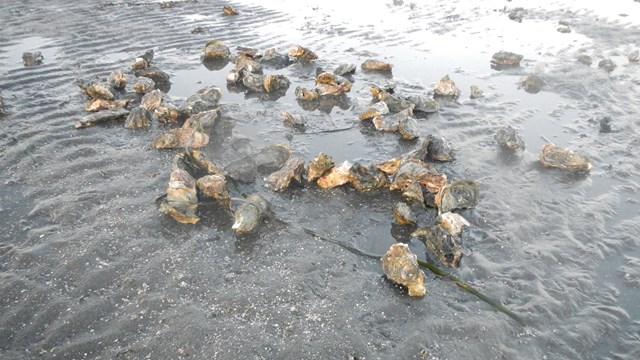
Drakes Estero: Restoration Photographs
View photographs of offshore infrastructure, shellfish, and marine debris removed from Drakes Estero. 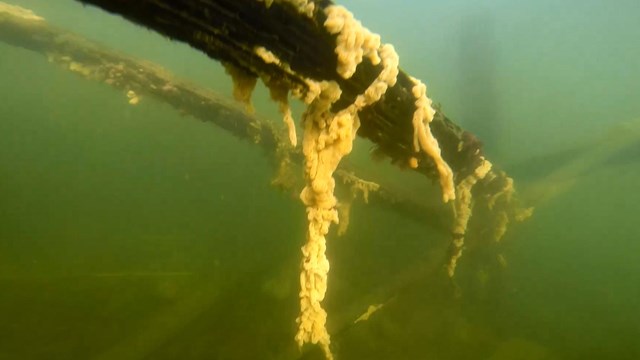
Drakes Estero: Restoration Videos
View videos of offshore infrastructure, shellfish, and marine debris from Drakes Estero. 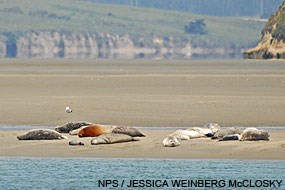
We restored Drakes Estero by:
Restoration:The National Park Service partnered with the National Park Foundation and Point Reyes National Seashore Association to continue the restoration of Drakes Estero. 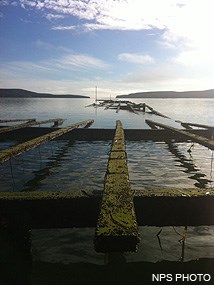
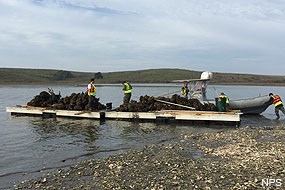
See more: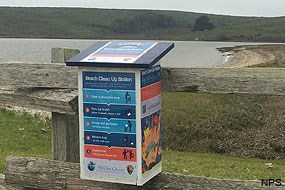
Help Us Keep Drakes Estero CleanIn collaboration with All One Ocean, we installed Beach Clean-Up Stations throughout the seashore. You can pick up a reusable bag at Drakes Estero and gather trash while you explore. When you return, empty the trash in the garbage containers at the parking lot. Then return the reusable bag to the Beach Clean-Up Station. Thanks for helping to keep Drakes Estero clean! Background InformationPlease see our Drakes Estero Restoration Background Information page for background information relevant to this NEPA process. |
Last updated: February 9, 2024
